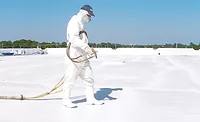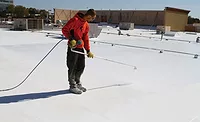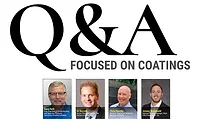Coatings Q&A with PPG
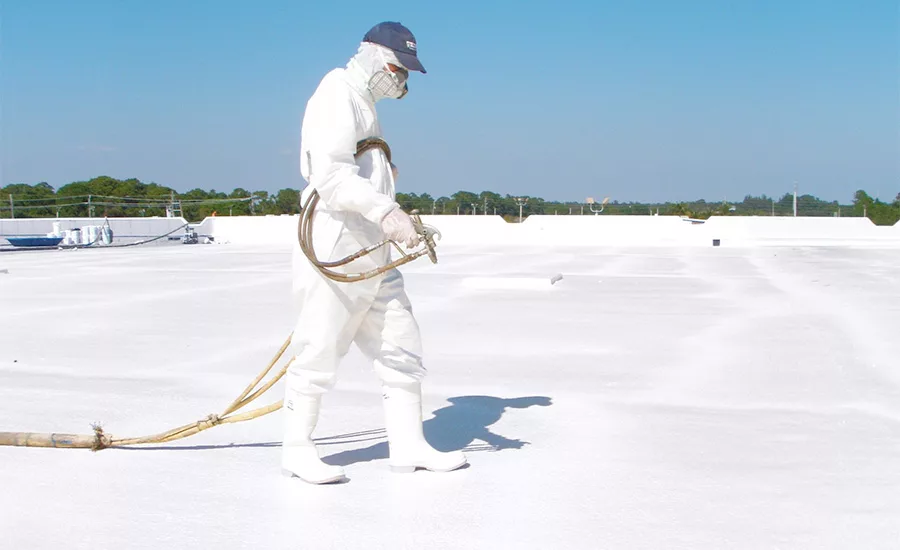
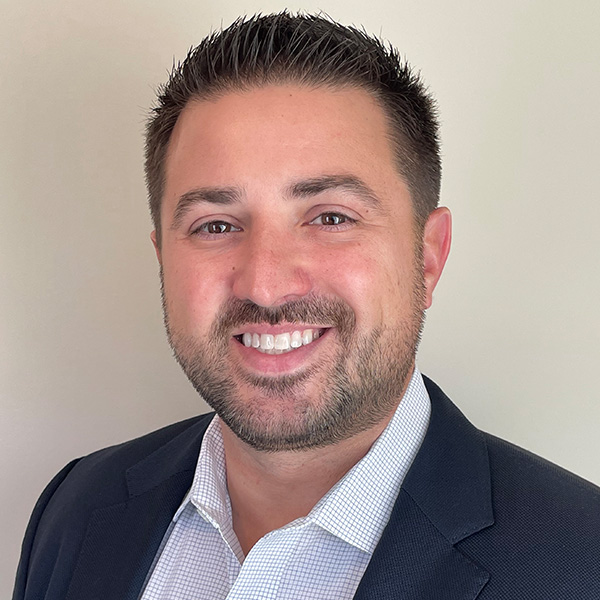
Steve Rutkowski
Senior Manager, Coil and Extrusion
PPG
The supply chain issues impacting the roofing industry following the COVID-19 pandemic have eased and though record inflation still persists, it has started to slow.
While economic uncertainty is rarely good news for roofers, there is an opportunity for contractors looking to capitalize on perceived fears of stalled capital expenditures by focusing on coatings.
RC asked several leaders in the roof coatings space about the state of the coatings market, the opportunities for roofing contractors, and what their companies are planning for the future. Here’s what PPG’s Steve Rutkowski, senior manager, coil and extrusion, industrial coatings, had to say.
RC: How would you describe the state of the roof coatings market today?
SR: There is a lot of competition in the roofing coatings market, but it’s all worthwhile as long as we collectively work towards the same endgame: Sustainability.
We are seeing an increase in metal roofing due to the sustainability benefits. More consumers are starting to shift from shingles to metal because of its recyclability compared to other roofing types and the fact that metal roofing has an extended service life compared to shingles. Additionally, we see metal roofing as an opportunity to help combat greenhouse gas emissions with innovative products
RC: How does your company fit into that discussion?
SR: PPG is already renowned for a science-based, customer-first approach to all things coatings. But we are much more than a coatings provider; PPG is a valuable coatings partner. Our innovations are developed with an emphasis on finding intelligent solutions for tomorrow’s needs.
RC: Are you still feeling any impacts of the materials shortage?
SR: Within the roofing industry, we are starting to see the raw materials challenges level out. However, PPG continues to innovate our coatings and processes to ensure that we have a wide range of options to help combat future market fluctuations.
During the pandemic, the shortage of polyvinylidene fluoride (PVDF) led customers to explore alternative paint systems, including silicone modified polyester (SMP). Today, the PVDF supply has mostly recovered, which is positive since it has been the preferred option for high-end applications from more than 60 years. Although alternative coatings were useful during the supply issues, they aren’t always preferable for all applications.
RC: What lessons were learned?
SR: The pandemic highlighted vulnerabilities and shortcomings in the global supply chain. Though this was devastating for a lot of sectors, it also highlighted areas where efficiency can be improved, and waste reduced. Of course, PPG saw its fair share of challenges, too. But a robust history of efficiency helped to limit disruptions.
On an industry level, material shortages offered an opportunity for reflection and redirection. Though it certainly disrupted the status quo, these challenges offered a chance for companies to reevaluate their approaches and ensure that vulnerabilities were minimized.
RC: What are the chief misconceptions about coatings in the roofing market today?
SR: Contrary to belief, darker colors don’t necessarily mean warmer temperatures for roofing substrates. Though this might be the case for traditional materials and coatings, cool coatings are cleverly designed to avoid such pitfalls.
For instance, a standard black pigment has a total solar reflectance (TSR) value of about five percent. A cool coating that utilizes a black infrared-reflective pigment increases this value to the 25-30% range. What this means is a more efficient roofing substrate that affords architects and designers a wider color palette without compromising on performance.
RC: What other challenges do you foresee impacting the coatings market in the next year?
SR: Though cutting-edge sustainable tech is at the forefront of the industry, education is also a priority. It’s vital that the coatings leaders like PPG educate even the most seasoned architects, designers and roofing contractors on the latest coating options available.
The world is changing, and fast. Gone are the days where environmentally friendly options required a sacrifice in quality or design. It’s important for the coatings industry to share this knowledge.
RC: Any message to roofers not in the coatings market?
SR: Coatings should not be an afterthought but carefully evaluated based on the specific application and its expected lifecycle. Cool coatings, like those offered from PPG, not only offer energy savings benefits, but they also offer long-term durability. These coatings improve weather resistance while also retaining stellar gloss and color fastness far longer than conventional coatings.
RC: How are you contributing to the sustainability/resiliency conversation in roofing?
SR: As a company, PPG is leading the way to a lower environmental impact. Greenhouse gas emissions and water intensity have been reduced by 25% and 15%, respectively. Waste disposal intensity has been lowered by 34% since 2017. This path will continue for the brand. Currently, 35% of total sales are from sustainably advantaged products with plans to reach 50% by 2030.
RC: What are your biggest concerns looking ahead?
SR: Climate change is about much more than an individual product, action or bottom line. It’s vital that as the industry remain innovative and competitive for sake of our collective home—the planet.
RC: What are you proudest of about your organization in 2023?
SR: PPG is a leading provider of coatings for a wide range of industrial applications. But what I’m proudest of is our customer-focused approach. Quality PPG coatings are just the start. The real value is our true partnership with our customers.
This, coupled with our focus on sustainably advantaged products, means we are really living our mission of developing innovative products that meet future challenges and support the communities where we operate.
Looking for a reprint of this article?
From high-res PDFs to custom plaques, order your copy today!




